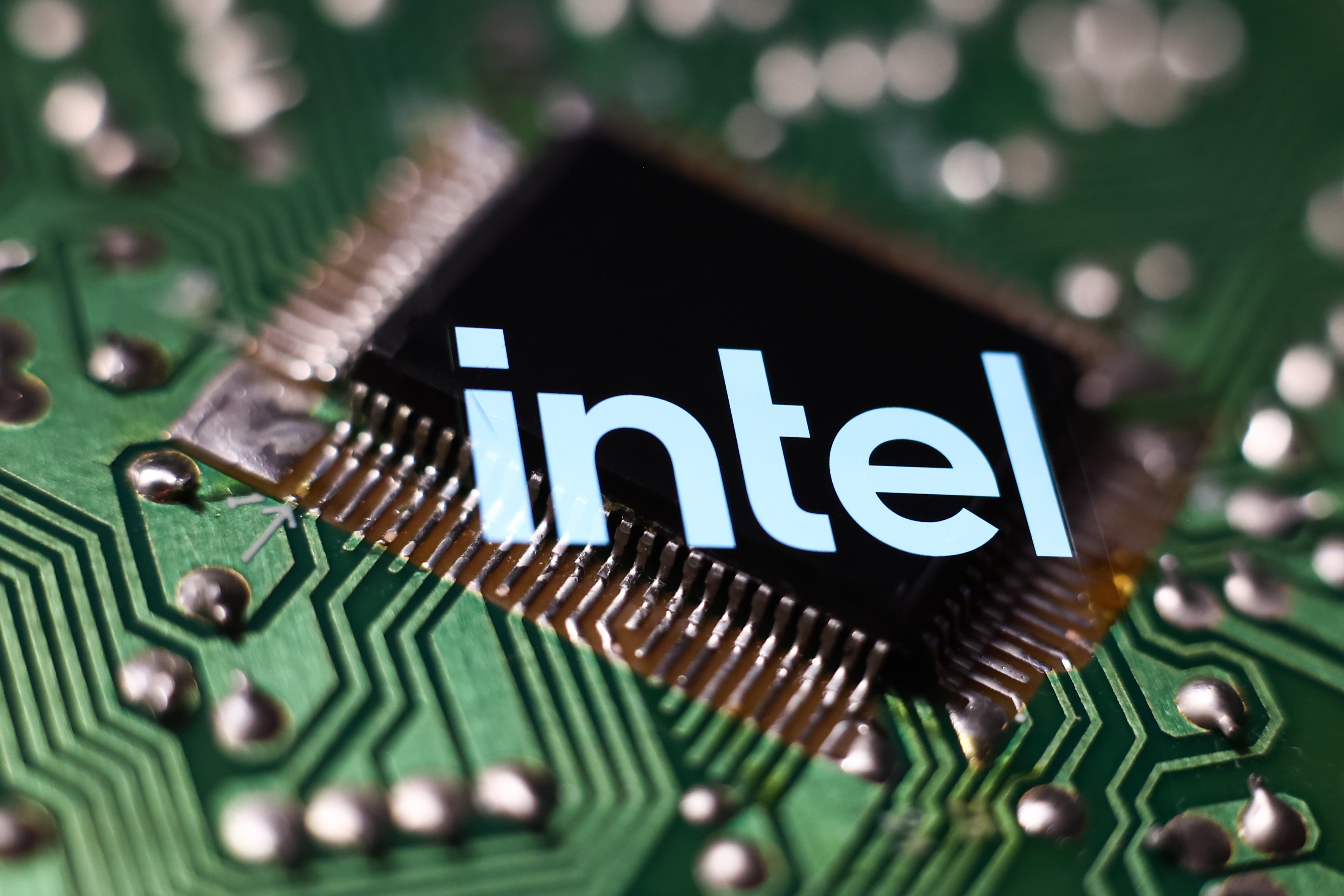Intel makes virtual friends with new Xeon 7400
Intel's newest 45nm chips feature FlexMigration to make pooling resources in virtualised environments easier for IT departments.


Intel has detailed the virtualisation features of its new Xeon 7400 chips.
Intel announced this week that the new 45nm chips, formally-codenamed Dunnington, were set to start shipping.
Speaking to journalists at virtualisation conference VMworld in Las Vegas today, Doug Fisher, vice president of software solutions at Intel, claimed the new line was the firm's best yet for virtualised environments and had earned a world record VMmark benchmark.
"We had two-socket leadership, now we have four-socket," he claimed.
Previous generations were already optimised for virtualisation, but Intel has continued to work on small-scale "hardware assists" to continue to improve performance, he said. "There's a long, long list of little things we can do," he added.
One of those changes is the inclusion of FlexMigration, which now allows IT departments to move between generations of chips, so servers featuring the Xeon 7400 can easily be dropped into a hardware pool for virtualised environments. "You can migrate your virtual machine from one generation to the next," he said. It's not just between generations, but between classes of chips as well. The next generation, code named Nehalem, will also feature this when it is released next year.
"Three generations provide investment protection for IT departments and flexibility," Fisher said. This will allow for applications to be configured to run on the most appropriate hardware without a lot of extra work reconfiguring systems, he explained.
Sign up today and you will receive a free copy of our Future Focus 2025 report - the leading guidance on AI, cybersecurity and other IT challenges as per 700+ senior executives
This capability won't extend between Intel and AMD, however. "It will be difficult in the long-term for that to happen," Fisher said, adding it would require backtracking to the "lowest common denominator", which would mean customers saw less innovation, not more.
Freelance journalist Nicole Kobie first started writing for ITPro in 2007, with bylines in New Scientist, Wired, PC Pro and many more.
Nicole the author of a book about the history of technology, The Long History of the Future.
-
 Gaining timely insights with AI inferencing at the edge
Gaining timely insights with AI inferencing at the edgeWhitepaper Business differentiation in an AI-everywhere era
-
 Scaling AI from pilot to production: Maximize AI impact with HPE & Intel
Scaling AI from pilot to production: Maximize AI impact with HPE & IntelWhitepaper Transform AI proof-of-concepts into full-scale implementations
-
 VMware expands private AI with IBM, Intel offerings
VMware expands private AI with IBM, Intel offeringsNews Touted benefits include more responsive inference for Intel hardware and IBM’s watsonx on-prem
-
 UK supercomputer boom as HPE and Dell receive funding for new AI cluster
UK supercomputer boom as HPE and Dell receive funding for new AI clusterNews The UK’s AI computing capabilities will increase by an order of magnitude in 2024
-
 Delivering secure, trustworthy & scalable AI
Delivering secure, trustworthy & scalable AIWebinar Trend Micro Vision One as a solution to cyber risks
-
 AI gold rush continues as Hugging Face snags $235 million from IBM
AI gold rush continues as Hugging Face snags $235 million from IBMNews The investment round, which brings the company's valuation to $4.5 billion, also includes Amazon, Google, Intel, and Salesforce
-
 VMware cuts ribbon on new Private AI offerings
VMware cuts ribbon on new Private AI offeringsNews Company extends partnership with Nvidia to build generative AI platform, details open source integrations
-
 Why is ASUS reviving Intel’s NUC mini-PC line?
Why is ASUS reviving Intel’s NUC mini-PC line?News The diminutive PC is to rise again while analysts look for the business case


